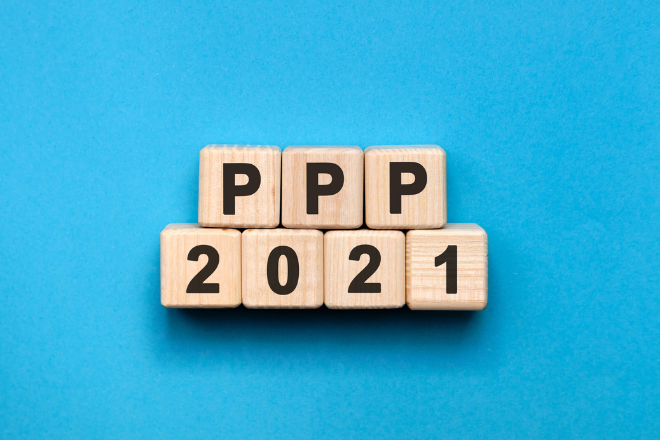By Christopher S. Maynard, CPA, Klatzkin
Throughout the COVID-19 pandemic, many independent schools have made changes that balance compliance with government orders and students' educational needs. In doing this, school leaders remain concerned about their institutions' financial stability, and many are seeking new funding sources heading into 2021. One piece of good news is the Consolidated Appropriations Act, 2021, which expanded the Paycheck Protection Program (PPP), including both first-draw and second-draw loan programs.
Loan Eligibility
The rules governing eligibility have been modified to ensure access to organizations with the greatest need. To qualify, an applicant must have received and used the initial PPP loan, has 300 or fewer employees and experienced a 25% reduction in gross receipts when compared against the same prior year calendar quarter. Below is a summary of how to calculate reductions for independent schools in a variety of situations.
- Full Operations in 2019 – For independent schools with operations throughout 2019, the reduction of the gross receipts would be determined by comparing any calendar quarter from 2020 against the corresponding time in 2019. For example, if an applicant had gross receipts of $100,000 in the second quarter of 2019 and $60,000 in the second quarter of 2020, they would have experienced a 40% decline in gross receipts.
- Partial Operations in 2019 – Independent schools that were not in operation for the first or second quarter of 2019, but in business for the third and fourth quarters should compare any 2020 quarter against the third or fourth quarter of 2019 to determine the reduction amount. For example, if an independent school had gross receipts of $50,000 in the third quarter of 2019 and gross receipts of $30,000 in the third quarter in 2020, they experienced a 40% decline in those receipts.
It is important to note that gross receipts do not include taxes collected and paid to government agencies, such as sales tax.
Gross receipts should include any amounts received as contributions, gifts, grants, member dues and assessments. Also total sales from any relevant business activities, the sales of assets and all amounts received from rents, dividends and royalties. It is important to note that gross receipts do not include taxes collected and paid to government agencies, such as sales tax.
Required Documentation
Applicants must submit documentation that substantiates the reduction, including copies of quarterly financial statements, annual IRS tax filings and bank statements that show deposits from relevant quarters. If an applicant’s financial statements are not audited, they are required to sign and date the first page of the statement and initial at the bottom of all other pages attesting to their accuracy. This information should be included with the loan application.
Second Draw Loan Maximum Calculation
The following calculation method should be used by independent schools when determining the maximum loan amount.
- Compute total payroll costs either in calendar year 2019 or 2020 or for the one year period before the date on which the loan is made. Add the following:
- Gross wages paid to employees, capped at $100,000, including Medicare wages and tips, and any pre-tax employee contributions to health insurance excluded from Medicare wages.
- Employer contributions to insurance such as health, life, vision, dental and any retirement plan contributions.
- State and local taxes on employee compensation including state unemployment insurance tax.
- Calculate the average monthly payroll costs by dividing total payroll costs by the number of months in operation during the measurement period.
- Then multiply the average monthly payroll costs by 2.5 unless the independent school is involved in the accommodation or foodservice sector. For these applicants, average monthly payroll costs should be multiplied by 3.5. The limit of the loan is the lower of this calculated amount or $2,000,000.
The opportunity to receive a second PPP loan represents a financial boost that many independent schools cannot afford to miss. There are several complex calculations and rules to follow when determining if a school qualifies. For this reason, it is important to work with a qualified advisor to guide you through the process.



.png?sfvrsn=e0147111_1)

